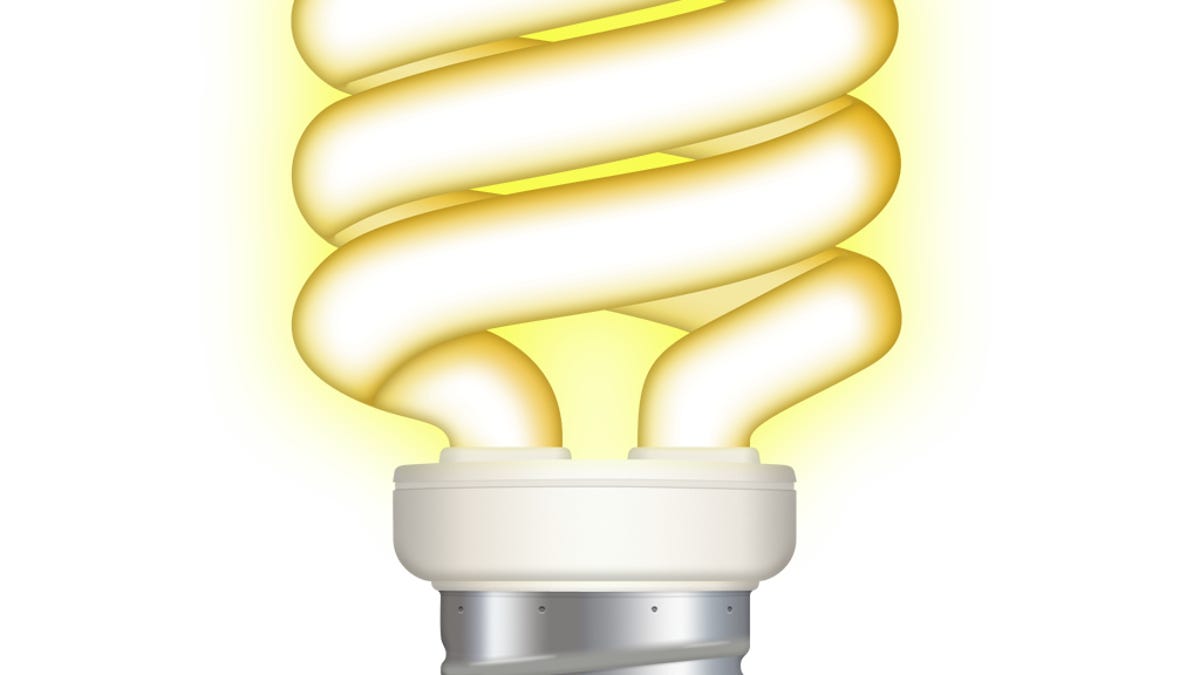Use your Mac's internal graphics to save battery life
If your Mac has two GPUs then you can set it to use the lower-power one to save energy; however, sometimes that's not enough.

If you have a MacBook system that contains dual graphics cards, then you have the option of enabling either the internal graphics or the discrete graphics card, depending on the hardware demands of the tasks you are running.
Integrated or "internal" graphics functions are included on the Intel processor in your Mac (though some prior Mac systems used Nvidia chipsets with Nvidia-branded internal graphics). This graphics option is relatively slow but also draws far less power than a dedicated graphics processor. The integrated graphics are powered fully when the system is turned on.
If your system includes a discrete or "dedicated" graphics chip, this will give higher quality and faster rendering of graphics when used, but will take more power to run. Unlike the integrated GPU, dedicated graphics chips are more peripheral (being attached through the PCI Express bus) and can be disabled to run in low-power standby modes when not in use.
The system will by default automatically switch between these available graphics processors depending on your use of the computer. While some early systems included options to select either the internal or discrete GPU, more recent Macs that use Intel's HD graphics only include the options to automatically switch between GPUs or to only use the dedicated GPU at all times. As a result, there is no option to continually save battery life by using only the internal GPU.
To tackle this problem, utilities like gfxCardStatus can be used to force the use of the internal GPU; however, even these tools have their limitations and cannot always force the use of one GPU. As a result, regardless of whether or not you are using these programs your computer may be using the dedicated GPU even when it's not necessary and draining your battery power faster than it needs to.
External displays force dedicated GPU usage
On systems with multiple GPUs, the computer will be forced to use the dedicated one if you have multiple displays attached. Therefore, even if you have all programs shut off and have the system at idle, it will be using the more power-hungry GPU. In many situations where external displays are used there are options for plugging your laptop in; however, there may be times when this is not feasible. To help extend your battery life during these instances, you can try turning off unused Bluetooth or Wi-Fi radios (in the system menu bar) and dimming your system's built-in display if not directly needed.
Applications may force dedicated GPU usage
In addition to multiple displays, a number of applications also spur the system to use the dedicated GPU. While graphically intensive games and creative professional programs are expected to require more GPU power, there are a few dedicated-GPU users you may not expect. For example, Apple's Chess and Photo Booth programs, which use graphics acceleration features even though they are not too demanding.
Other programs include Apple's Keynote presentation software, its entire iLife suite with the exception of iTunes, XQuartz, Automator, and Grapher. In addition, third-party programs may also force the dedicated GPU to be active, such as Google Sketchup and Google Earth, VLC, and Data Rescue, among many others.
While these programs will force the system to use the dedicated GPU even if you have a GPU manager like gfxCardStatus installed, a manager can still be useful as it will indicate which GPU is active and allow you to better gauge your expected battery life. In addition, gfxCardStatus can help you identify which programs are forcing the dedicated GPU usage by naming them for you when you try to force the system to use the internal graphics card.
Questions? Comments? Have a fix? Post them below or
e-mail us!
Be sure to check us out on Twitter and the CNET Mac forums.

